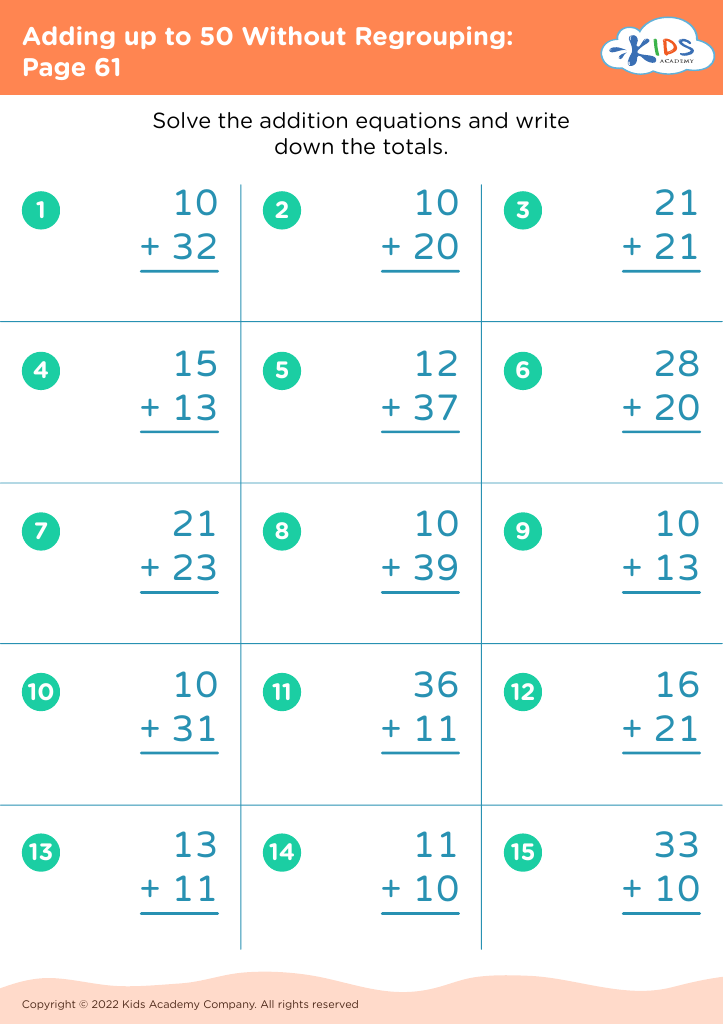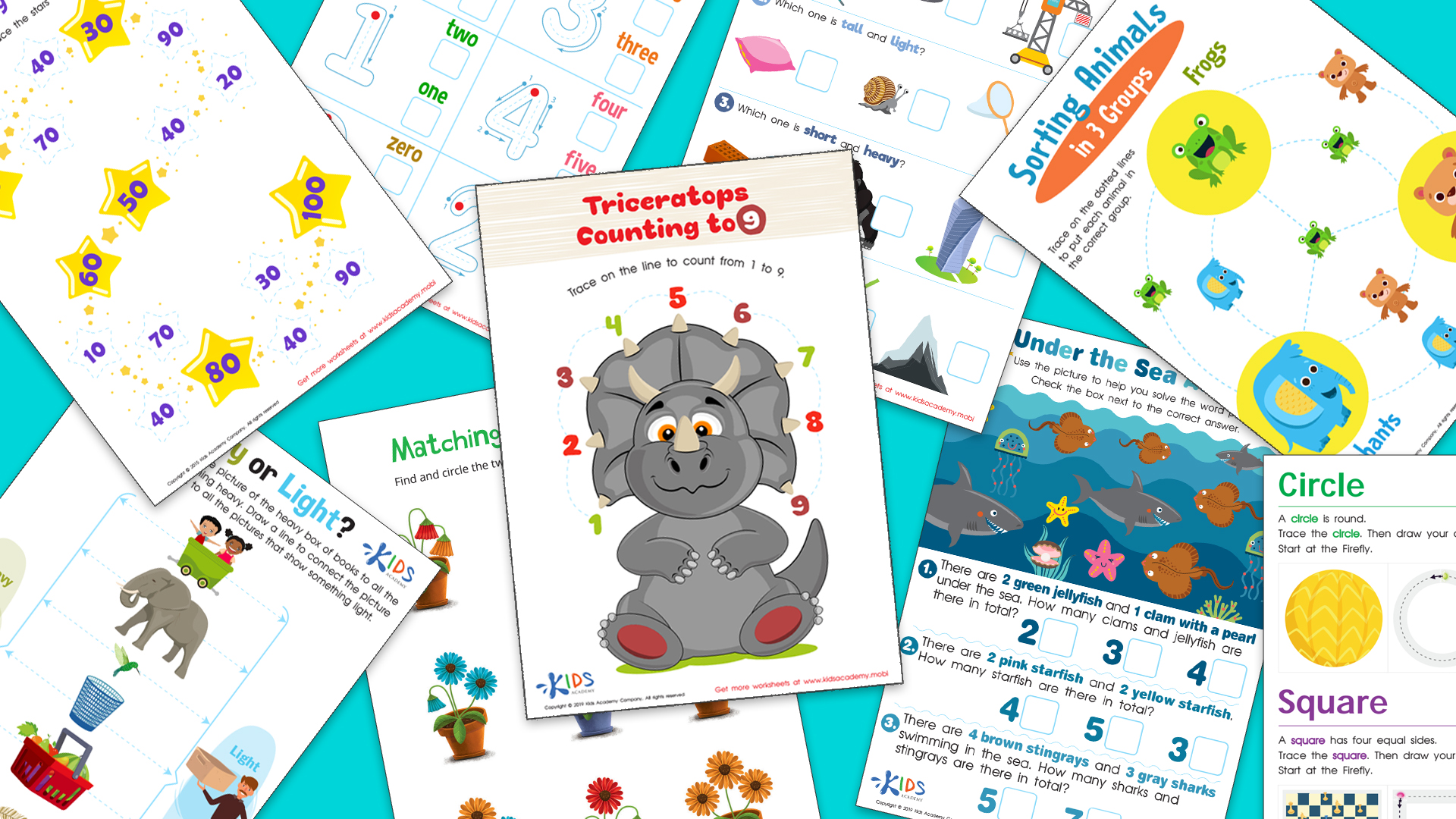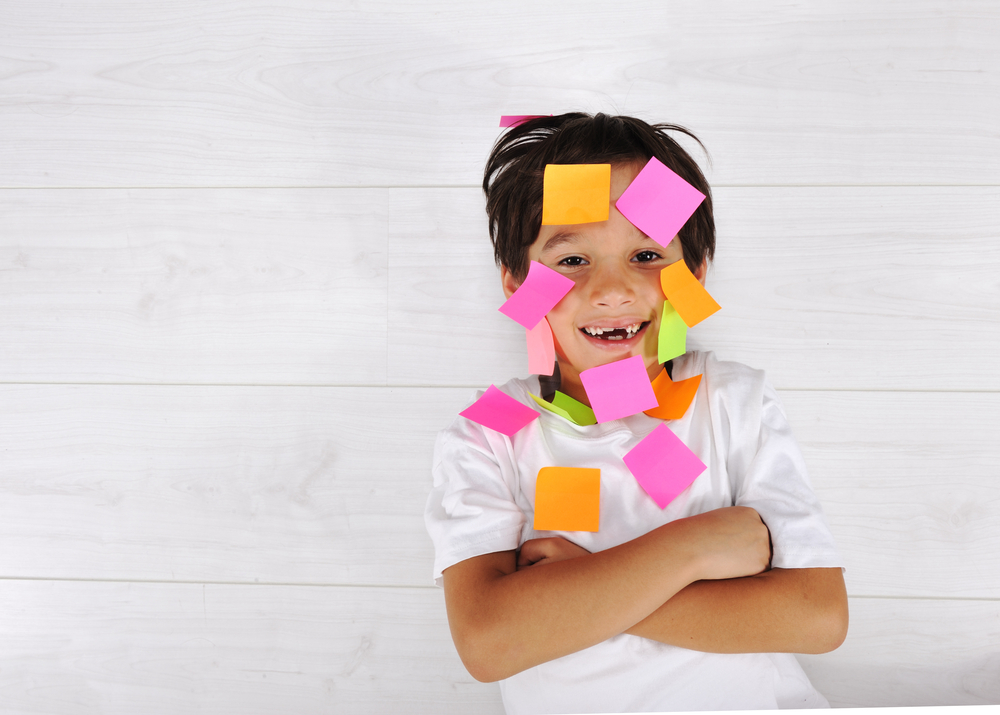Understanding grouping Math Worksheets for Ages 6-7
3 filtered results
-
From - To
Our "Understanding Grouping Math Worksheets for Ages 6-7" are designed to help young learners develop foundational math skills in a fun and engaging way. By teaching the concept of grouping, these worksheets make it easier for children to grasp basic arithmetic, such as addition and subtraction. Each worksheet provides hands-on activities that enhance critical thinking and problem-solving abilities. As they progress, kids will improve their ability to organize and categorize items, an essential skill for more advanced math concepts. Perfect for classroom or at-home practice, our worksheets support a strong mathematical foundation for your child's future success.
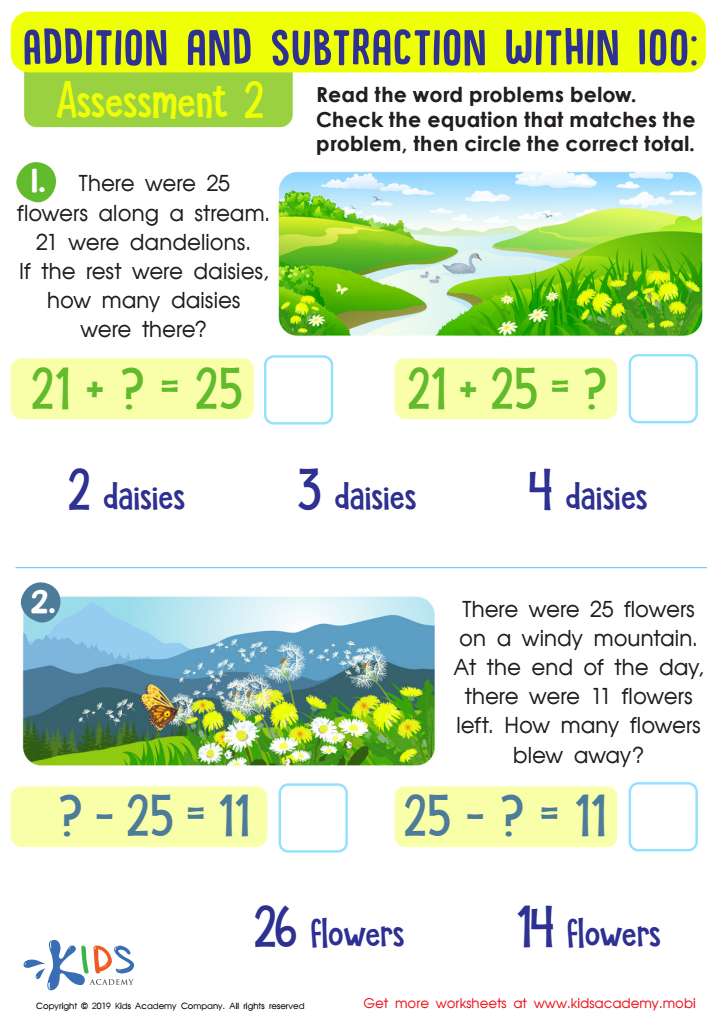

Assessment 2 Math Worksheet
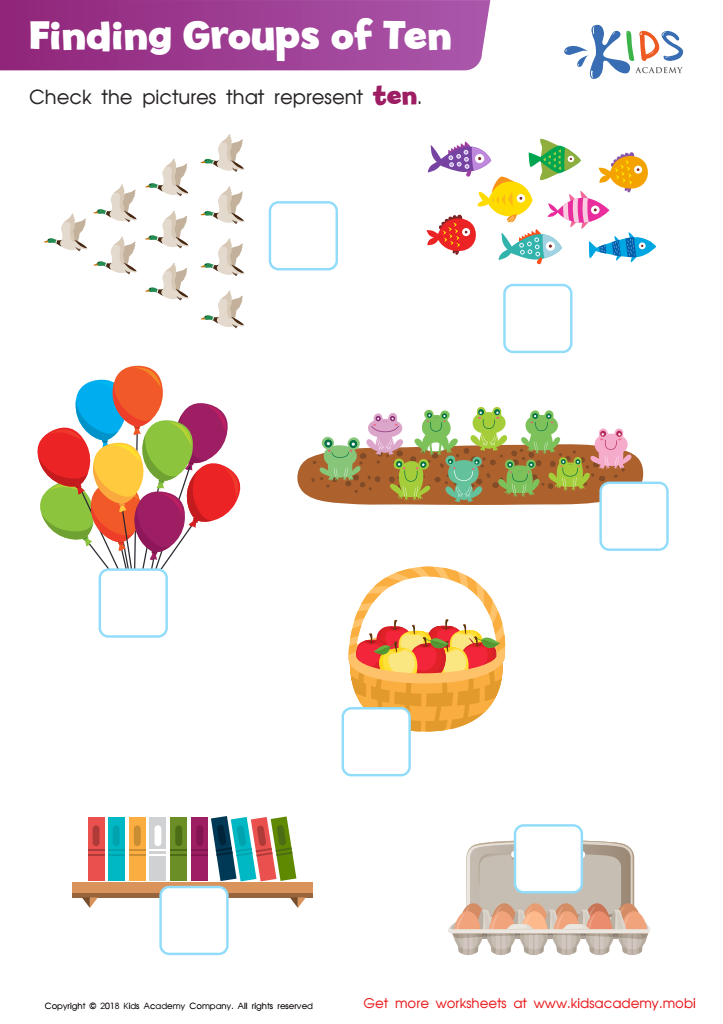

Finding Groups of Ten Worksheet
Understanding grouping in math for children ages 6-7 is fundamental because it lays the groundwork for essential math skills like addition, subtraction, multiplication, and division. At this age, children begin to transition from concrete to more abstract thinking, and grasping the concept of grouping aids this cognitive development.
When young learners comprehend grouping, they can more easily manage numbers by breaking them down into more digestible parts. For example, recognizing that the number 10 can be seen as a group of two 5s makes addition and subtraction simpler. Later, this understanding extends to multiplication as repeated addition and division as repeated subtraction.
Grouping also facilitates number sense, which is the intuitive understanding of numbers and their relationships. A solid number sense is crucial for problem-solving and critical thinking in math. This mental organization and categorization streamline children's computational skills, saving them from rote memorization and aiding in flexibility with numbers.
For teachers, emphasizing grouping can mean fostering a deeper engagement with math concepts, offering a robust scaffold for future learning. For parents, supporting their children in understanding grouping can lead to more meaningful involvement in their child’s education, fostering positive learning experiences and minimizing math anxiety. Together, teachers and parents who focus on this key concept can pave the way for children to become confident, versatile mathematicians.
 Assign to My Students
Assign to My Students

